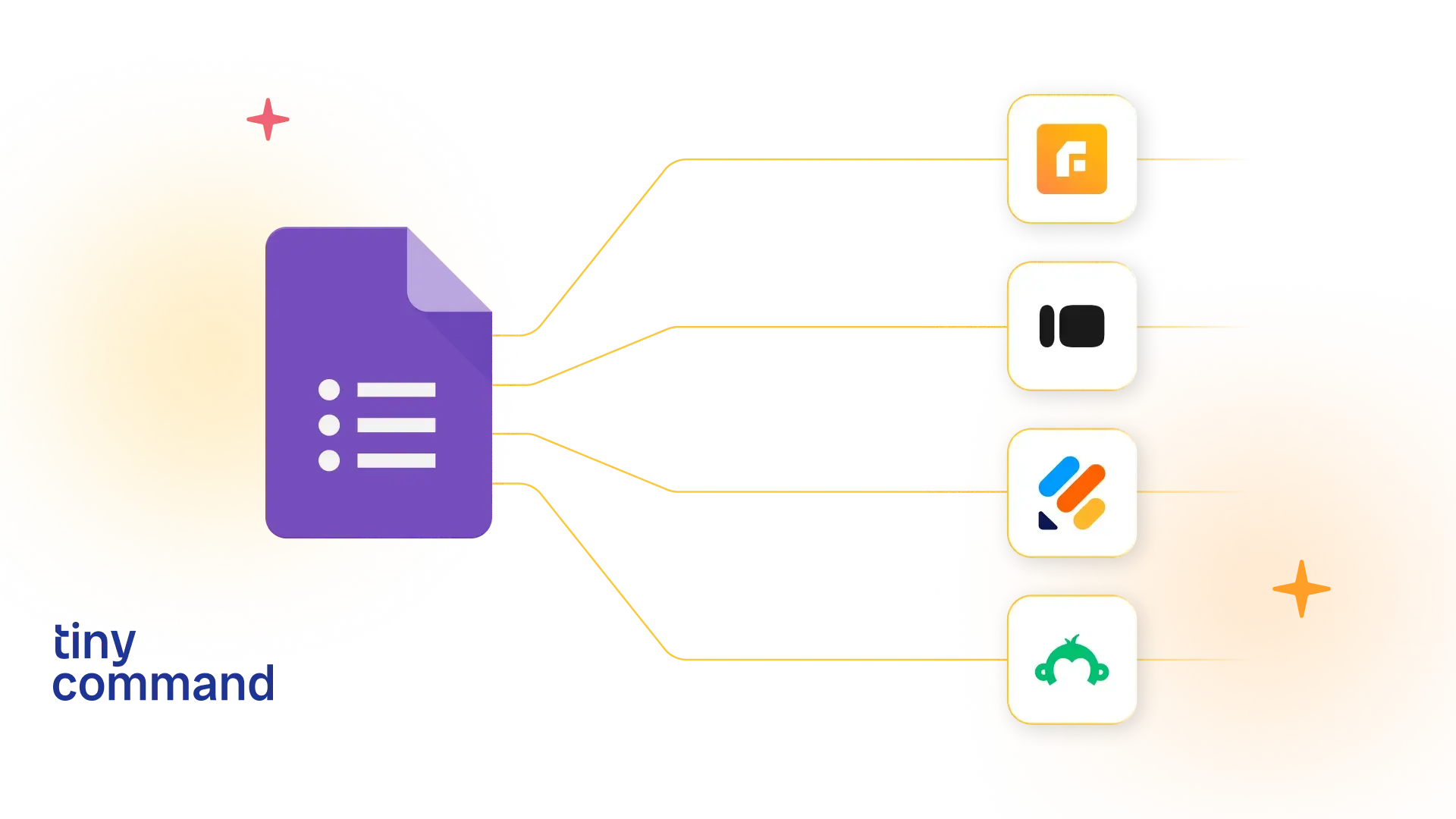
What is data consolidation and how form automation simplifies it
Table of Contents
Organizations today face an influx of vast amounts of information from various sources related to their business functions, with about 95% of organizations needing to manage unstructured data. This can lead to fragmented data silos, making it increasingly challenging to manage and derive insights from the scattered information.
Due to this fragmentation, businesses face missed opportunities, inefficiencies, and a degraded customer experience. To derive any meaningful insights from generated data, businesses need to consolidate all their data into a single, unified view. This approach allows them to boost efficiency by enabling quick and informed decision-making.
Understanding data consolidation
Data consolidation involves combining information from multiple sources into a single, unified repository. This process addresses challenges like data fragmentation, inconsistency, and inefficiency, streamlining information storage and retrieval for processes such as CRM systems, financial reporting, supply chain management, and operations. While relevant across industries, each sector manages unique types of data:
- Retail: Data from online sales, in-store purchases, and social media.
- Healthcare: Managing patient records and lab results.
- Financial: Transaction data and customer profiles to evaluate risk assessment and compliance.
- Manufacturing: Production data and supply chain metrics.
Consolidated data drives efficiency by enabling streamlined operations, reducing the time and effort needed to access information, and lowering costs associated with managing multiple systems, storage, and IT support. For example, a centralized CRM system offers businesses a 360-degree view of customer interactions across sales, marketing, and customer service.
Data consolidation also helps in quicker decision making and better collaboration between teams since stakeholders rely on a single source of truth. From a scalability perspective, data consolidation simplifies the integration of new data sources as businesses grow, ensuring long-term adaptability and operational efficiency.
The role of form automation in data consolidation
With form automation, businesses use digital tools and software to simplify the management and processing of data. It allows streamlined workflows from collection, validation, and management of data using dynamic, automated, logic driven systems. Combined with data consolidation, it ensures data is available to relevant teams in real time for quick decision making. Here’s how form automation contributes to effective data consolidation:
- Data collection: Form automation tools allow for efficient data collection from multiple sources by distributing digital automated forms across various channels. Whether it is customer feedback, employee surveys, or sales information, automated forms ensure that all data input follows a standardized format - simplifying the process of consolidation and improving overall data accuracy.
- Centralization: The data, once collected, is automatically routed to a unified repository. This eliminates the need for manual data transfers, simplifies access, reduces silos, and enables comprehensive analyses across different functions of the business.
- Real-time updates: Automated data routing enables real-time retrieval of accurate information from multiple locations or by various stakeholders. This enables information to be accessed in real-time for insights that facilitate decision making.
- Error reduction: Automated data handling reduces human errors often associated with manual input, such as duplicate entries or mismatched formats. This ensures the integrity of consolidated data, making it more reliable for reporting and analysis.
- Integrated workflows for consolidation: Form automation tools, like TinyForms, often integrate directly with systems like CRMs, ERPs, and databases. This ensures that data collected from forms is automatically synced with other business tools, consolidating data into a single platform without requiring additional steps.
- Enhanced collaboration: With a single source of truth, teams can collaborate faster and more efficiently. This eliminates redundancies and ensure everyone is working with consistent, accurate information.
- Scalability: As businesses grow and adopt new data channels, form automation tools enable seamless integration of new forms and sources into the existing centralized system. This adaptability ensures scalability without disrupting existing processes.

By automating data collection, routing, and integration, form automation tools directly address the challenges of data fragmentation. They create a structured, unified data flow that improves accuracy, reduces manual workload, and ensures reliable, consolidated information for decision-making and business growth - irrespective of the business size. You just need to find the right tool that can enrich how you manage and use data.
If you’re ready to streamline your data processes, reach out to our experts and we’d be glad to help.

.png)
.png)

